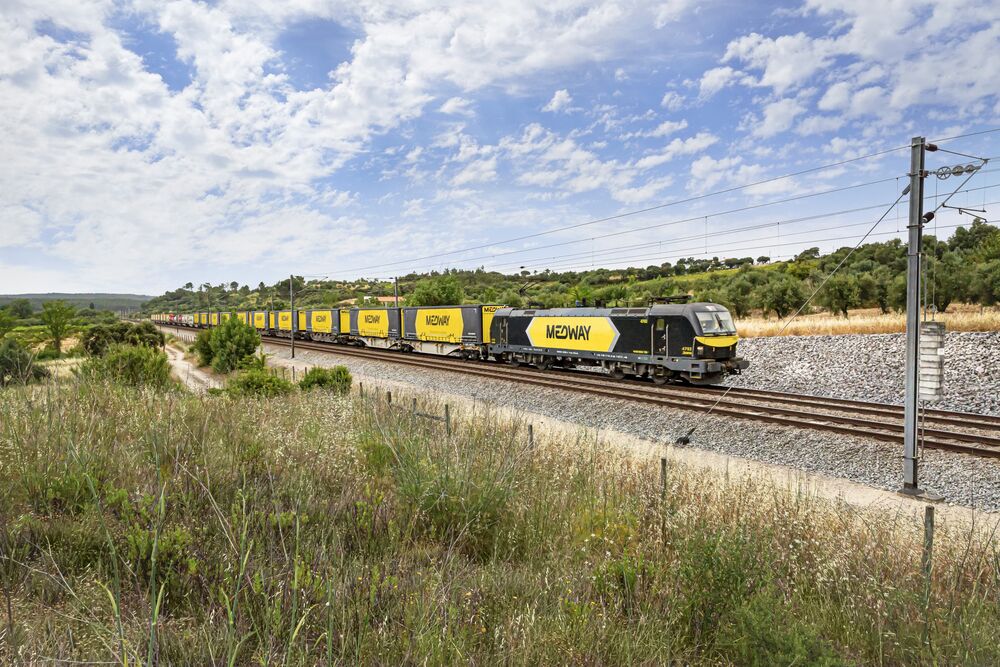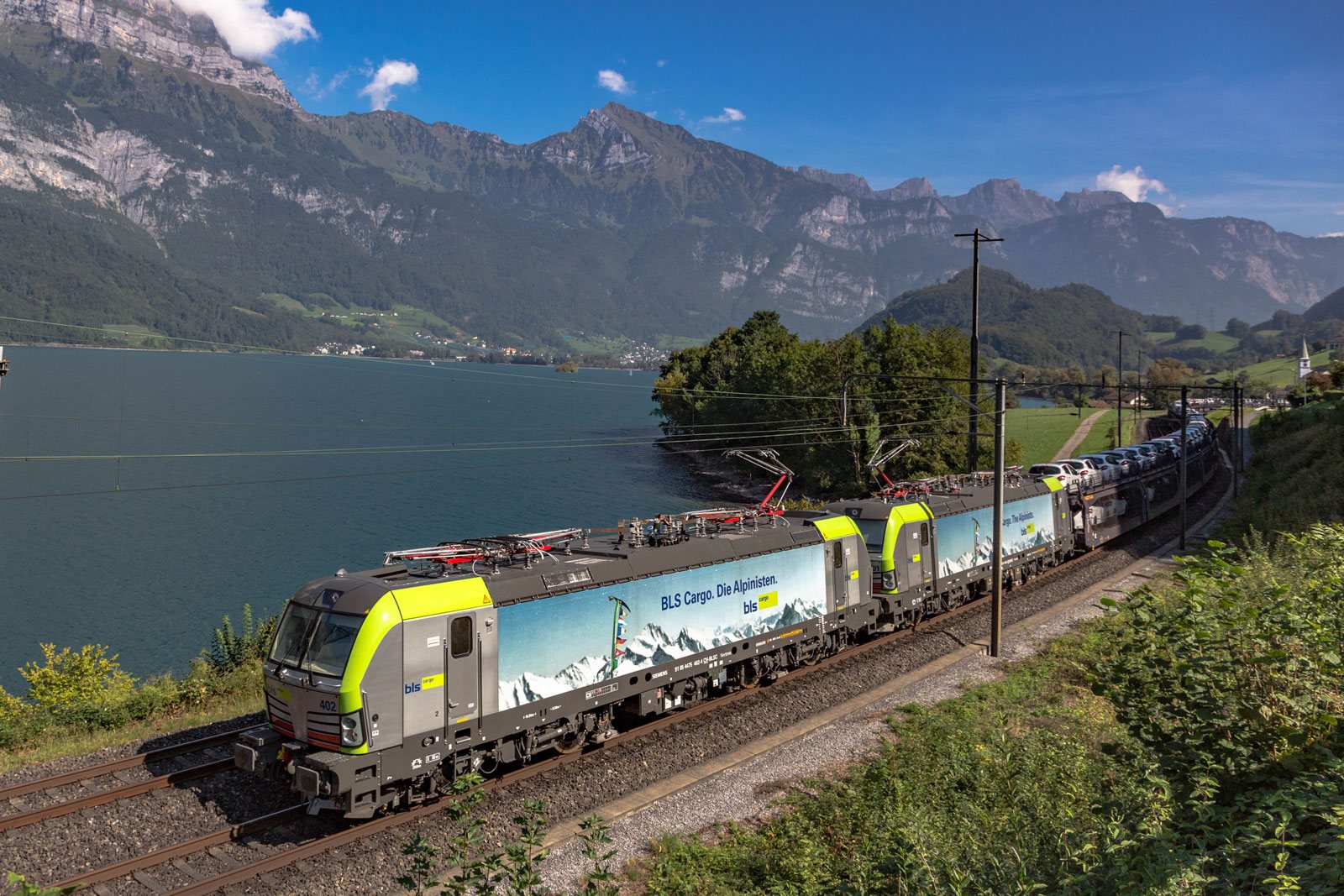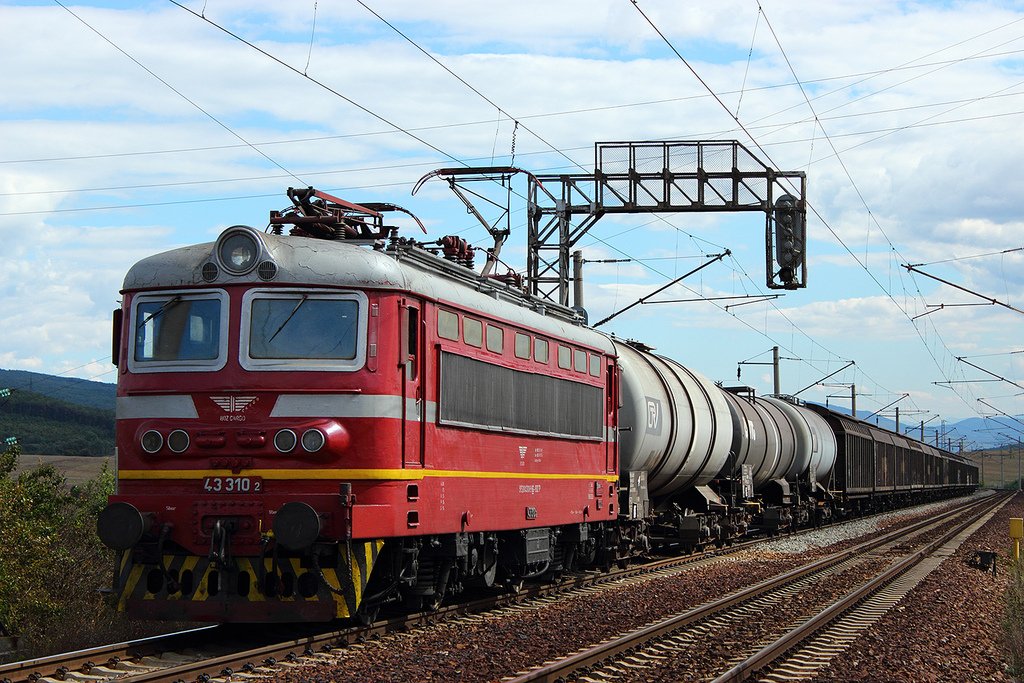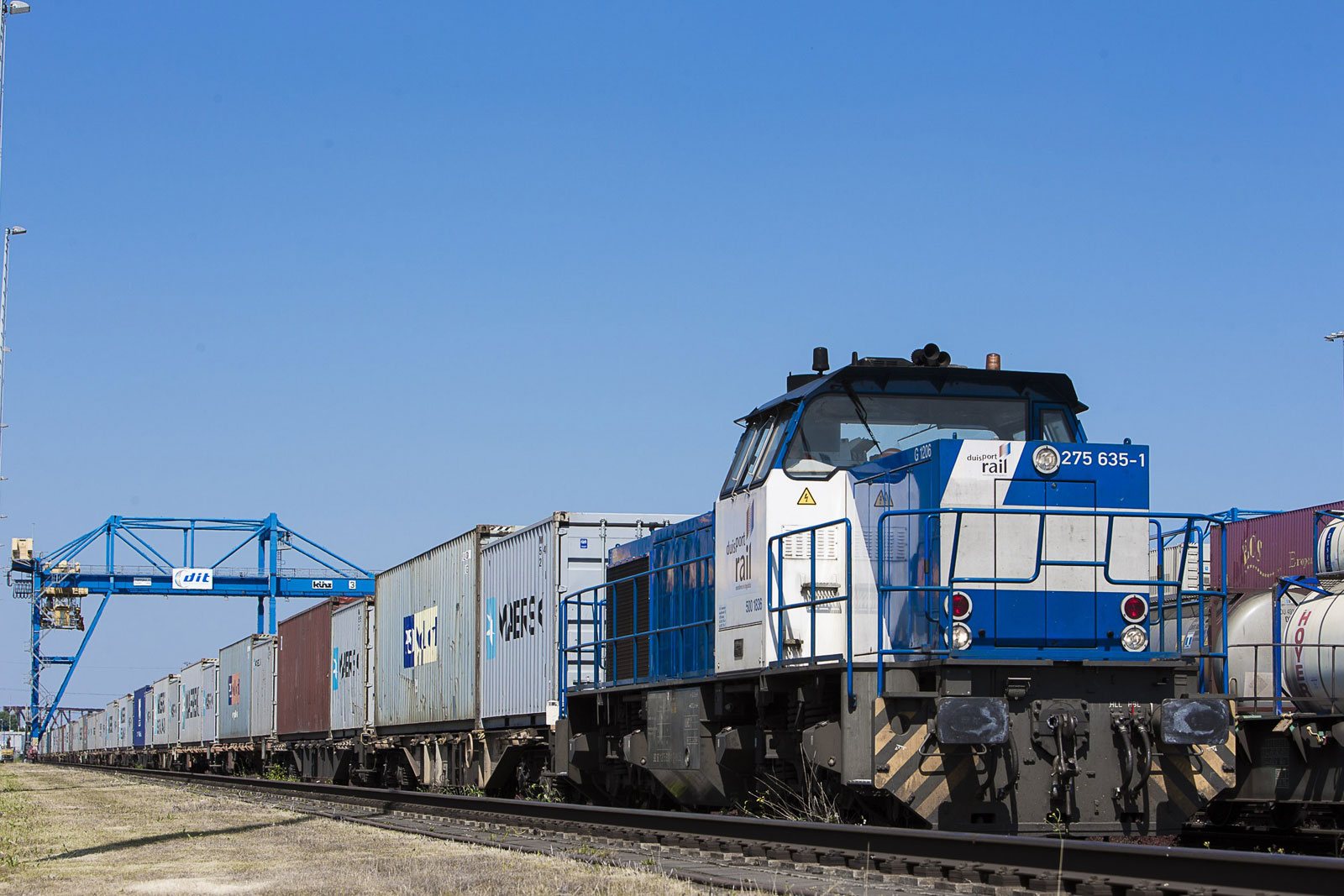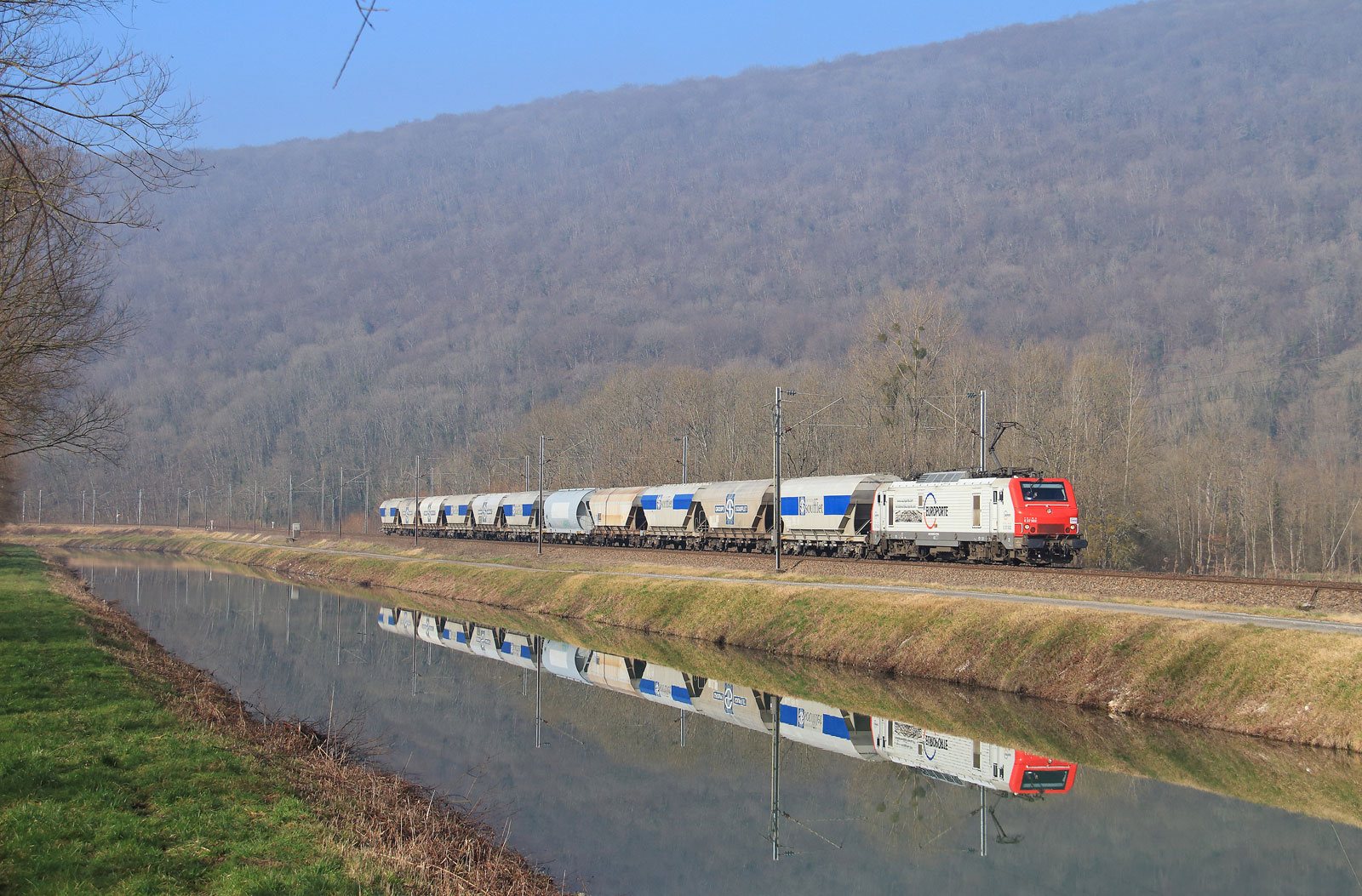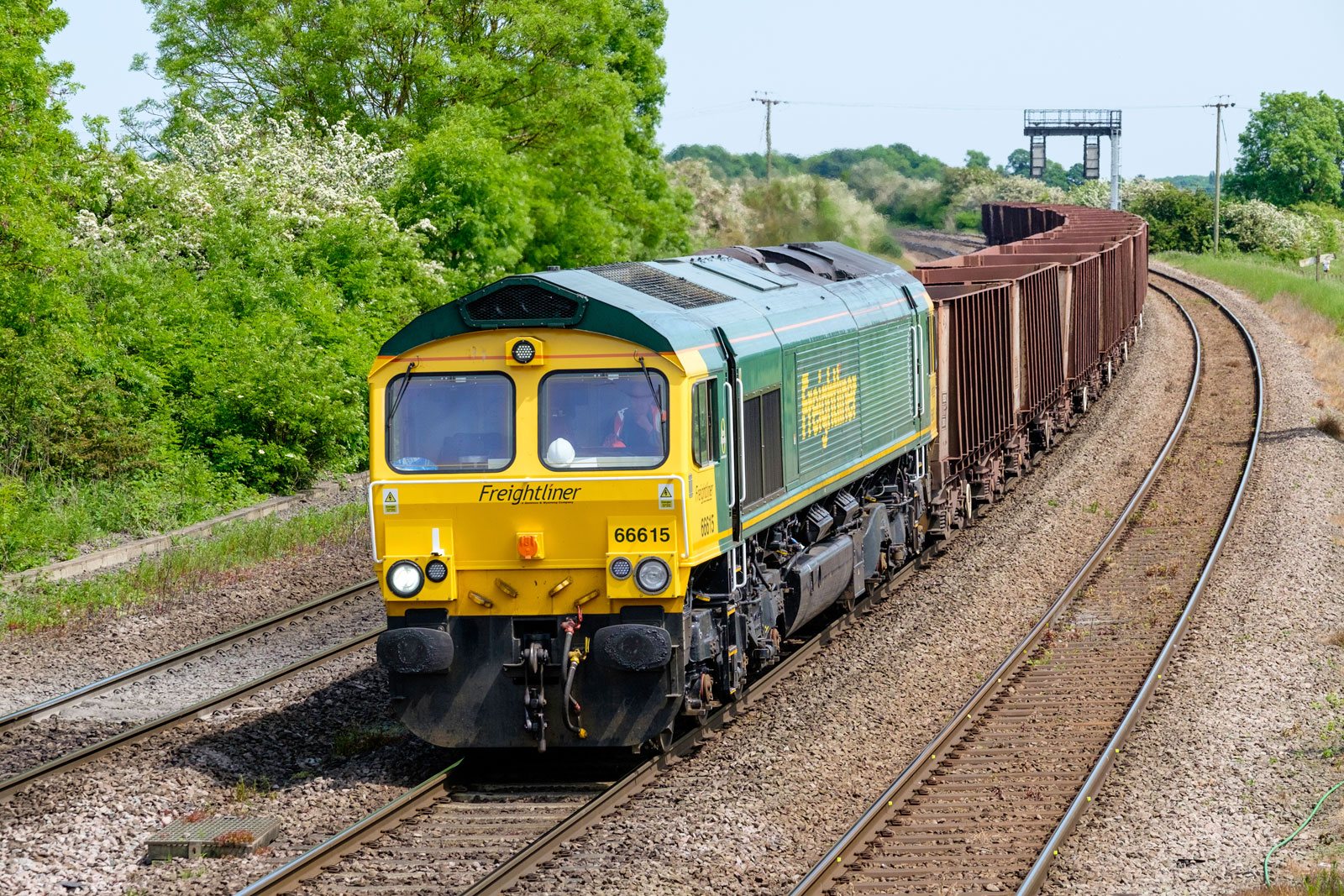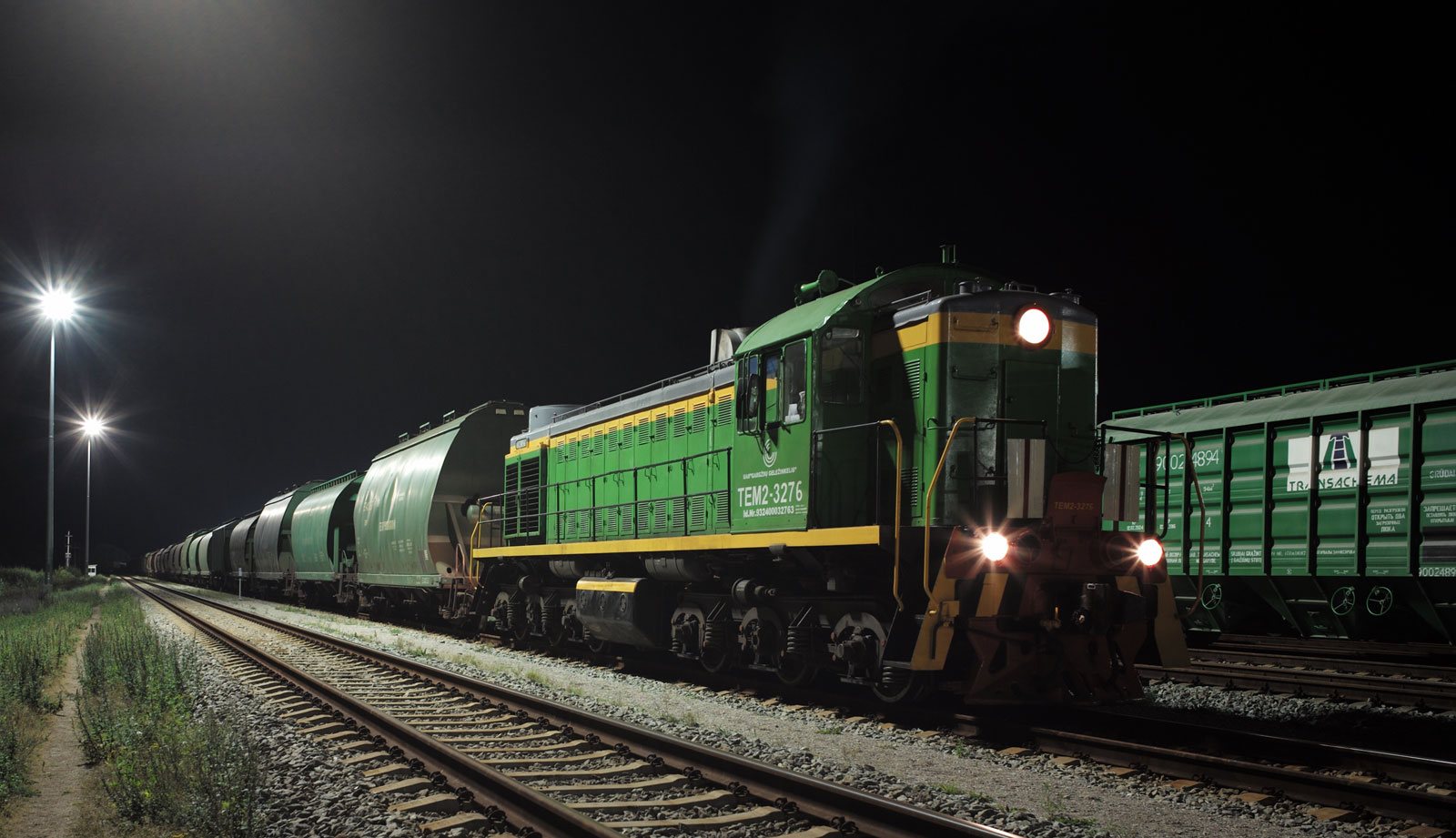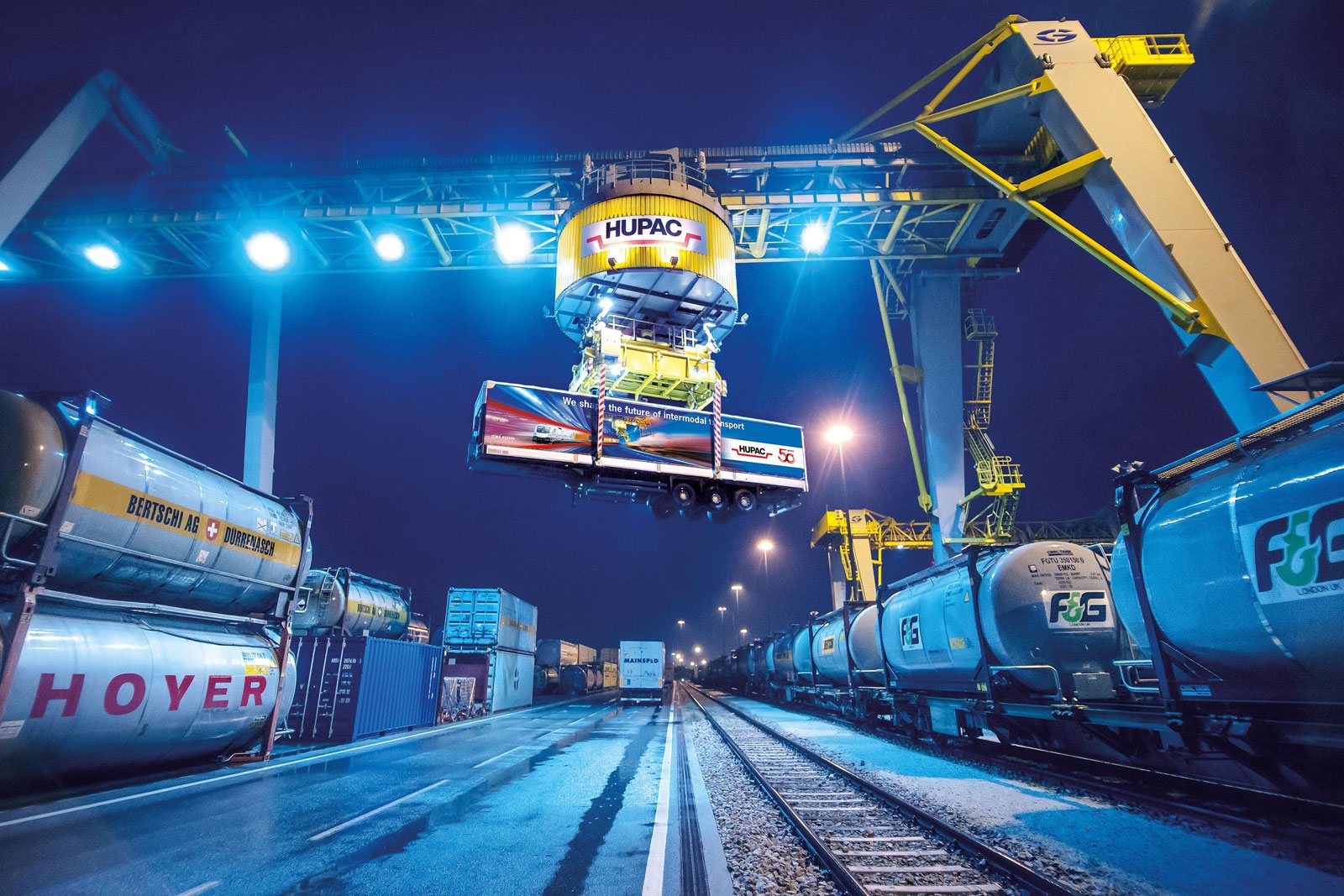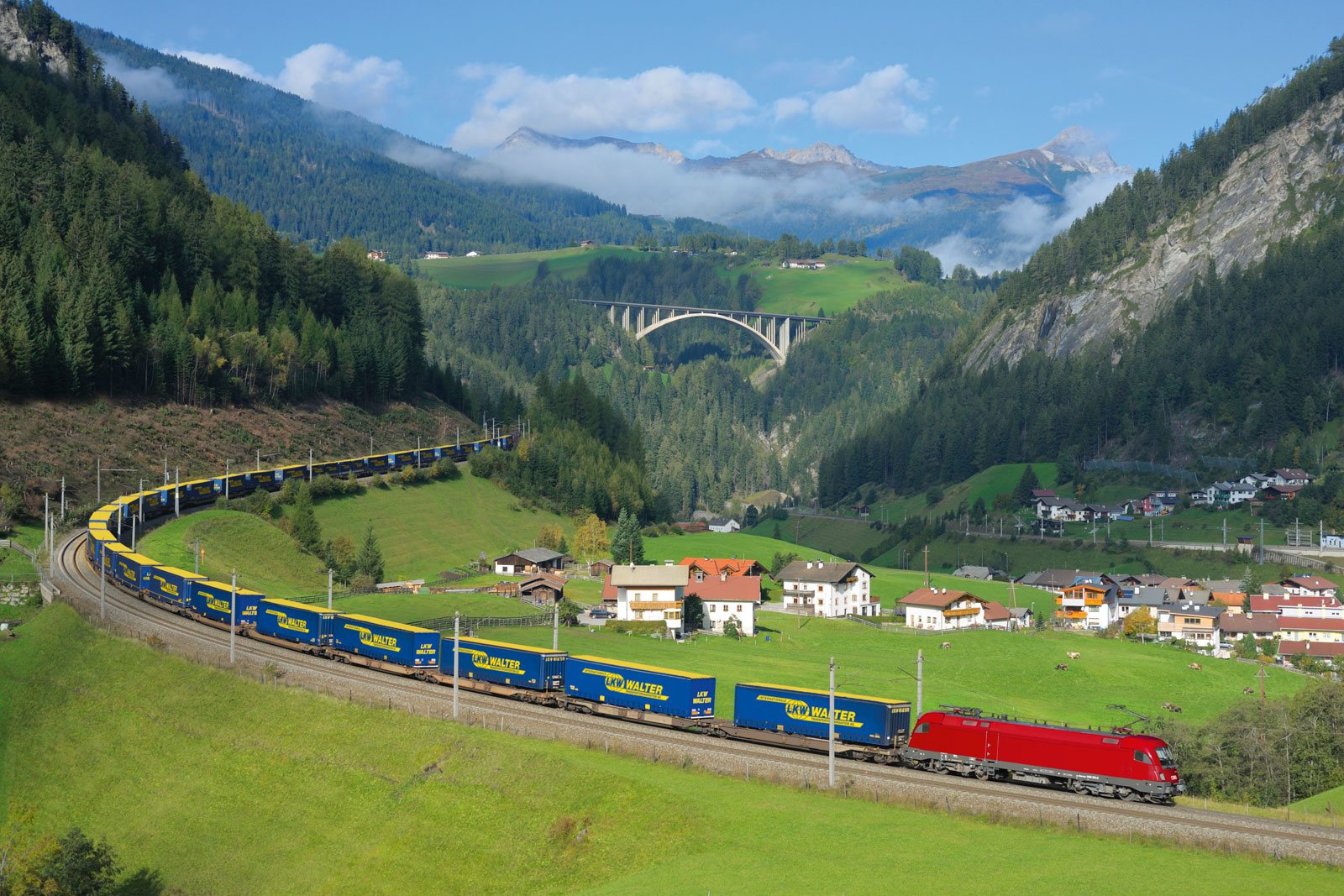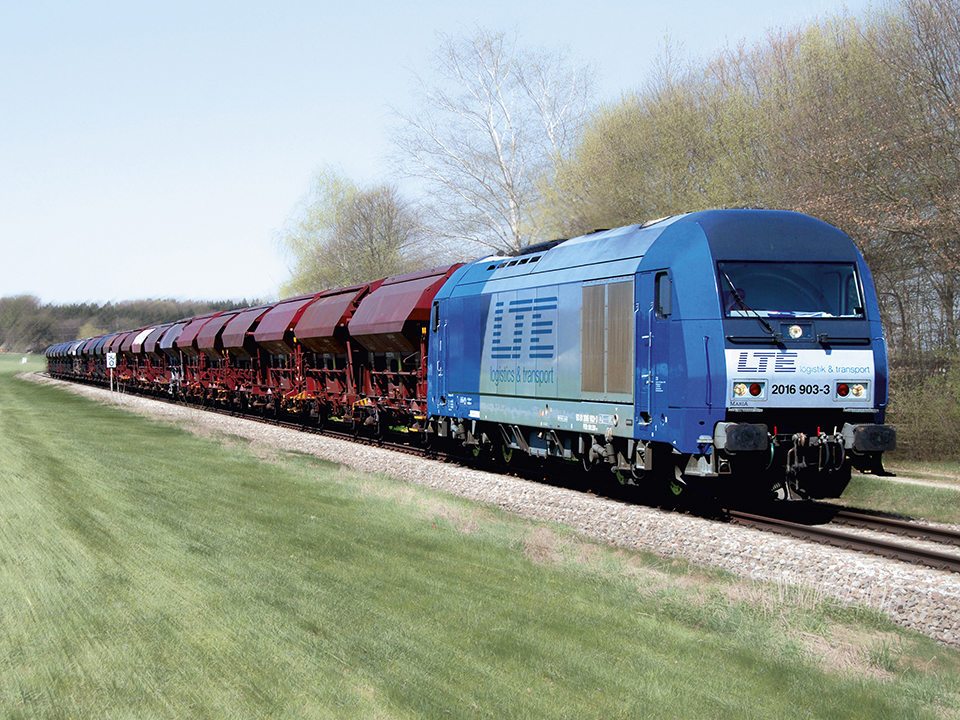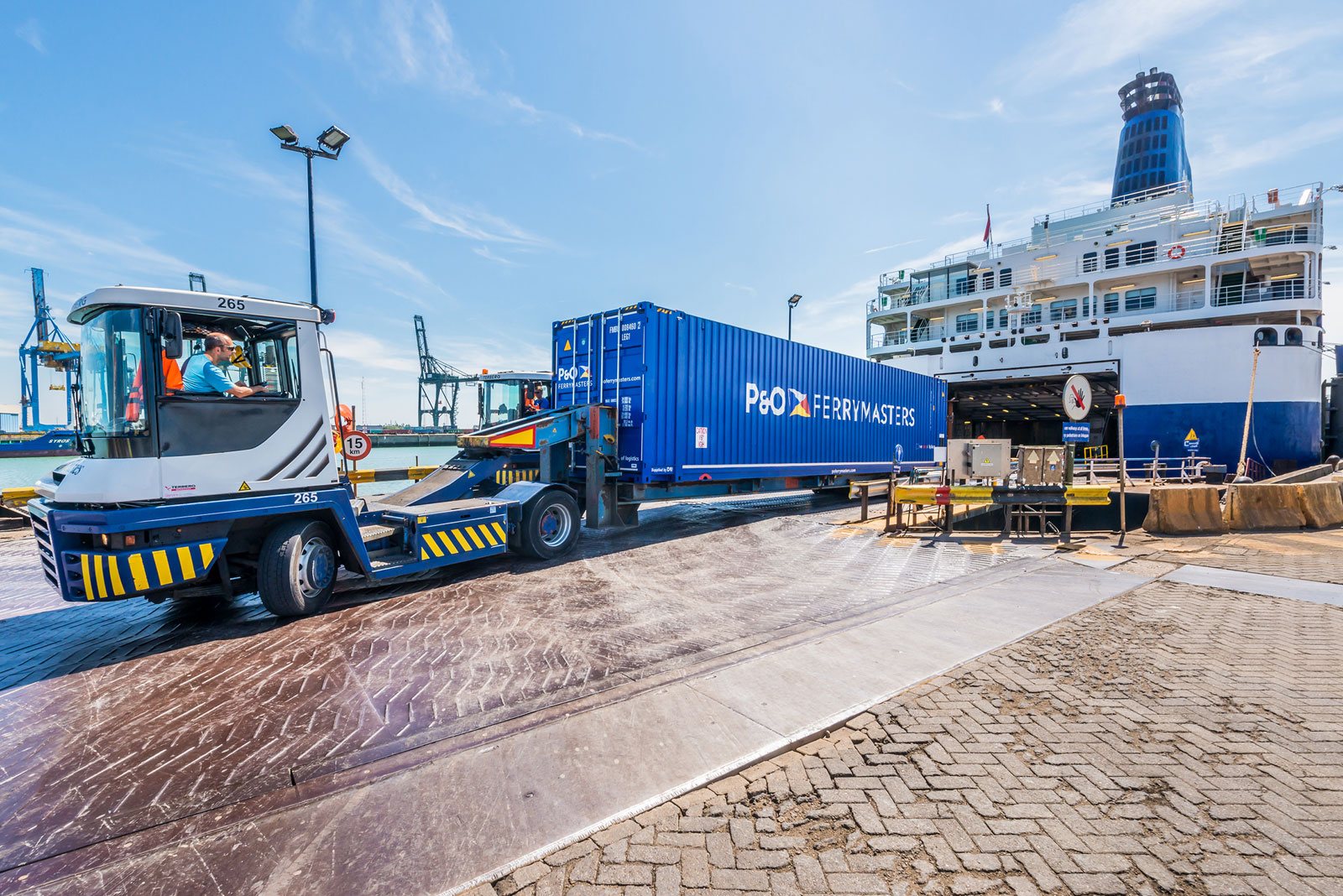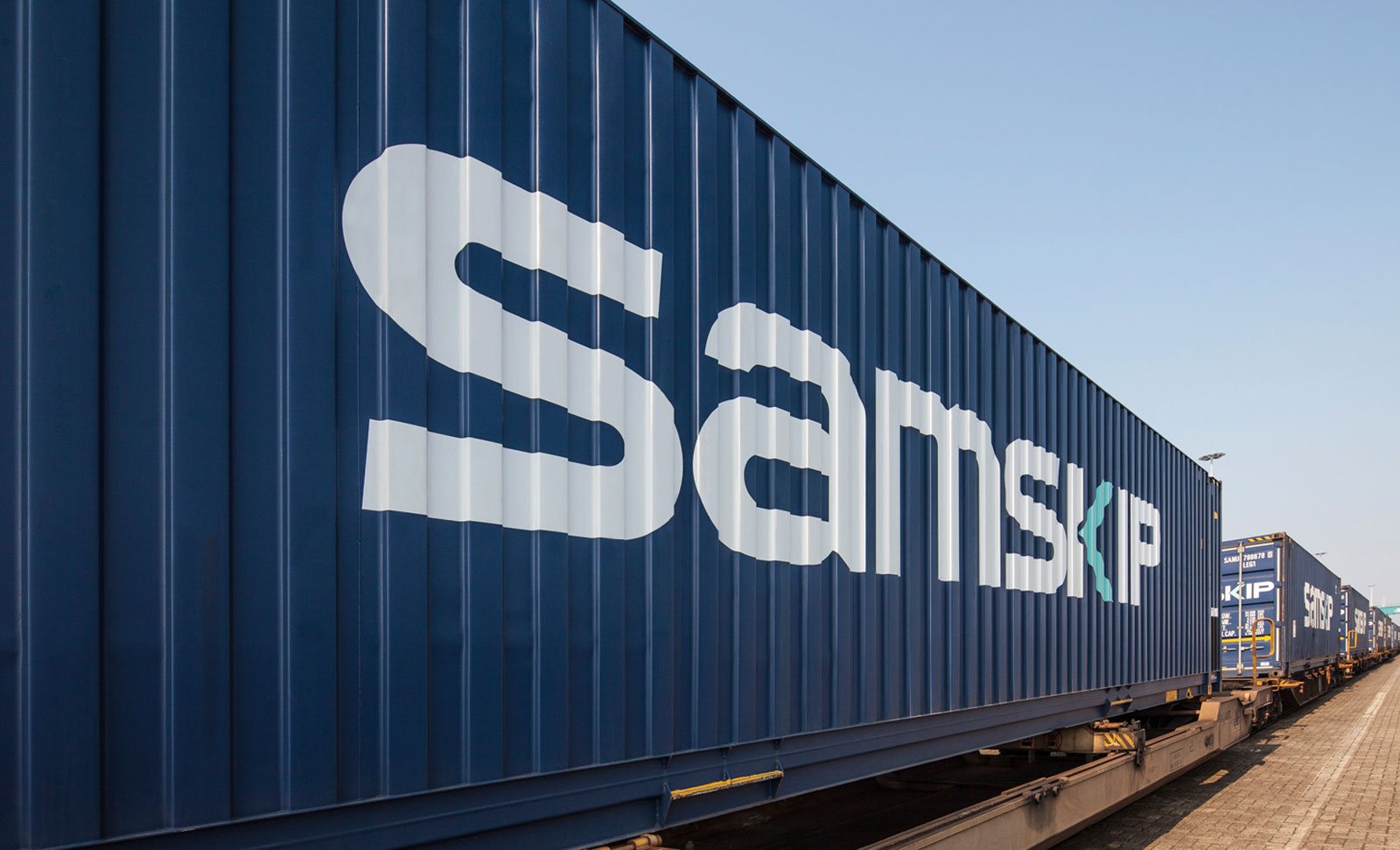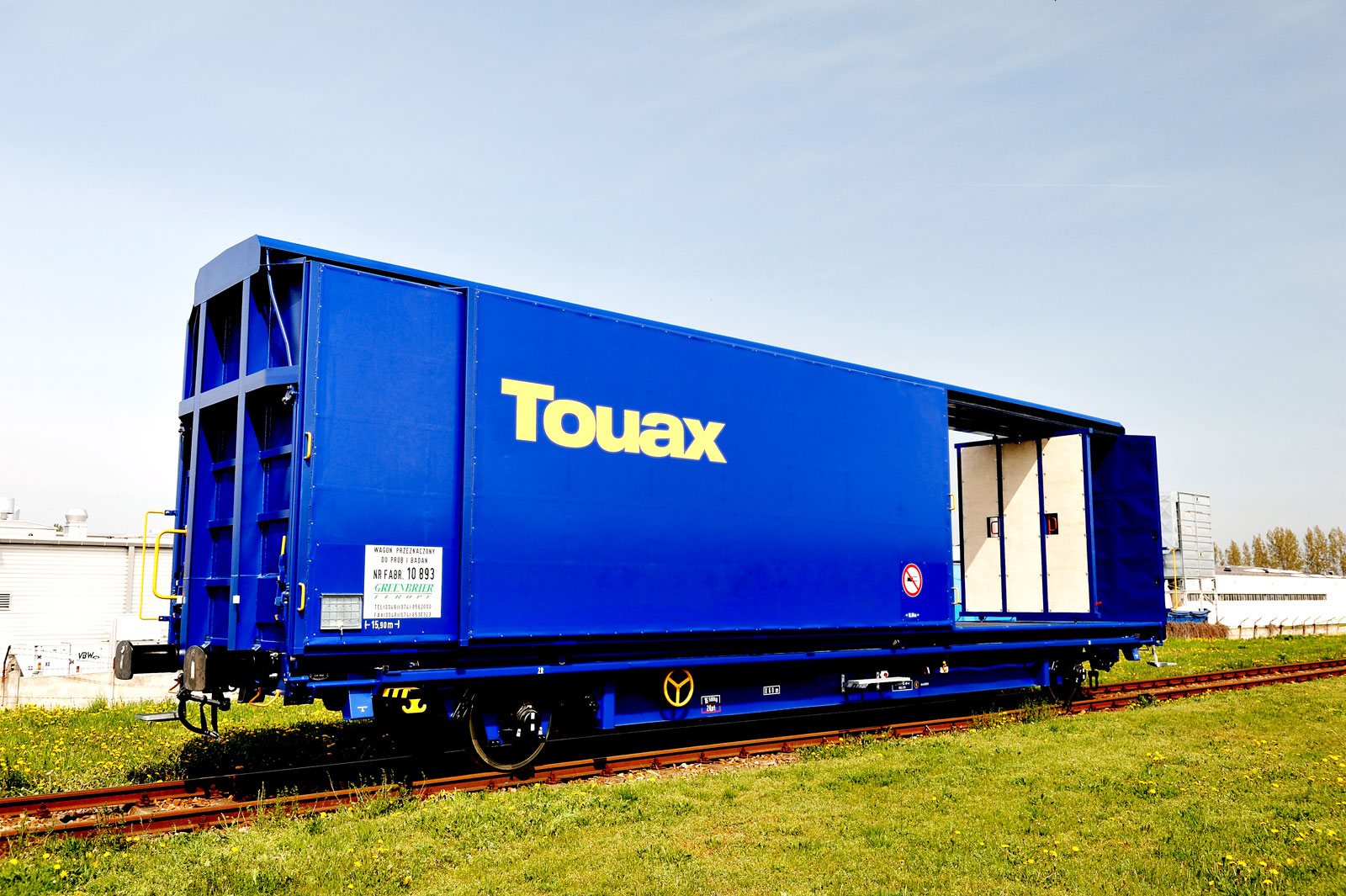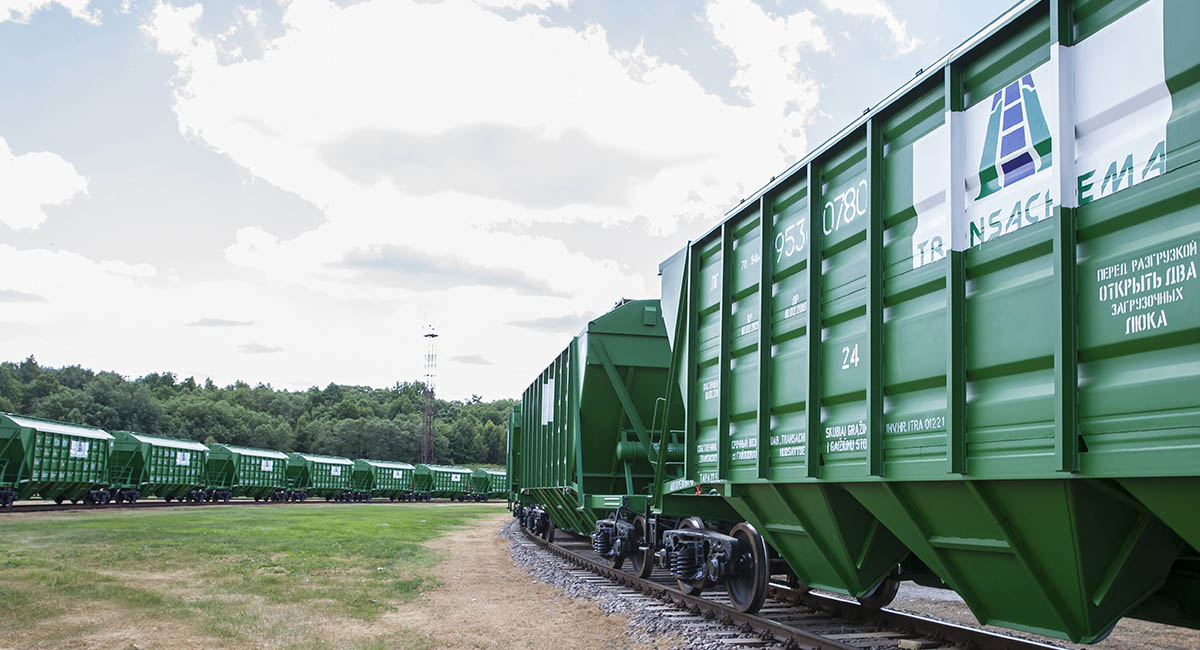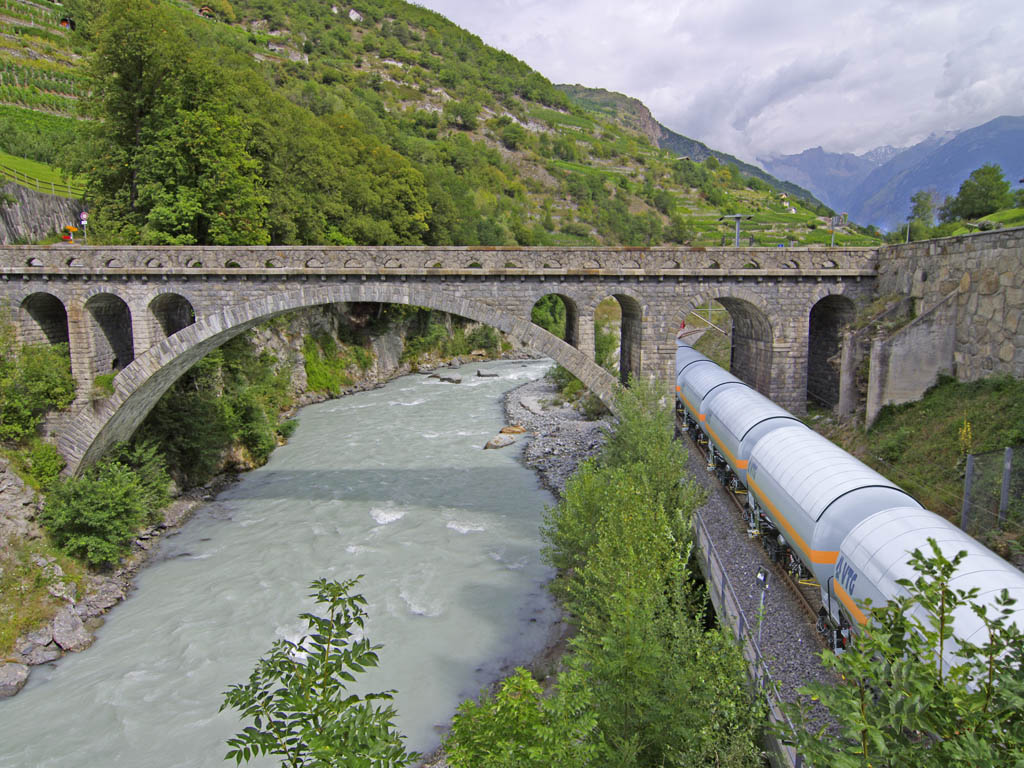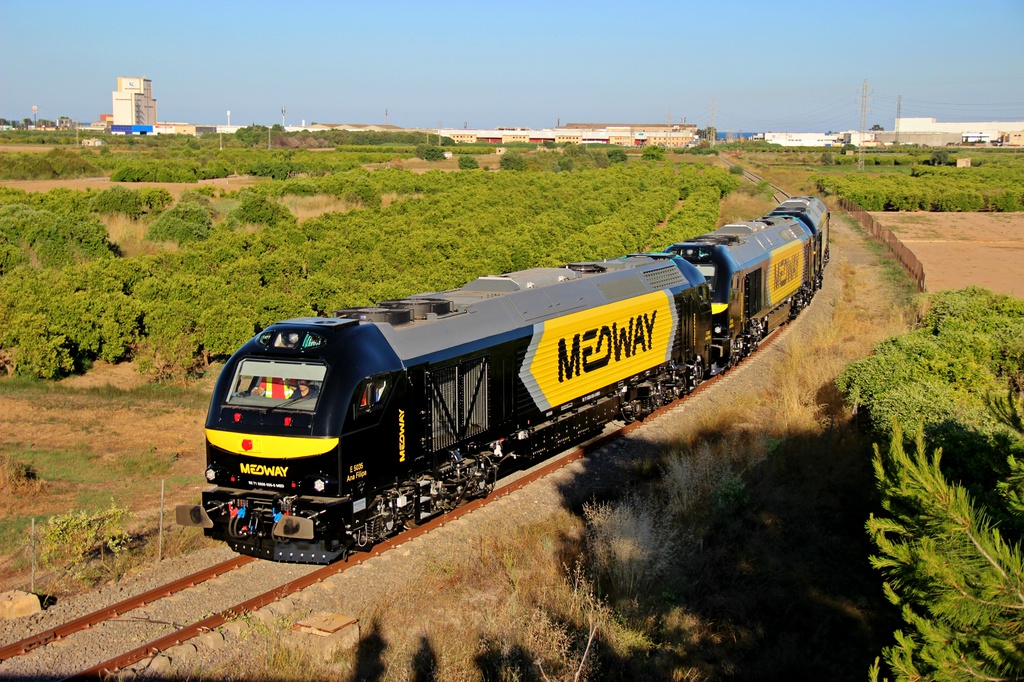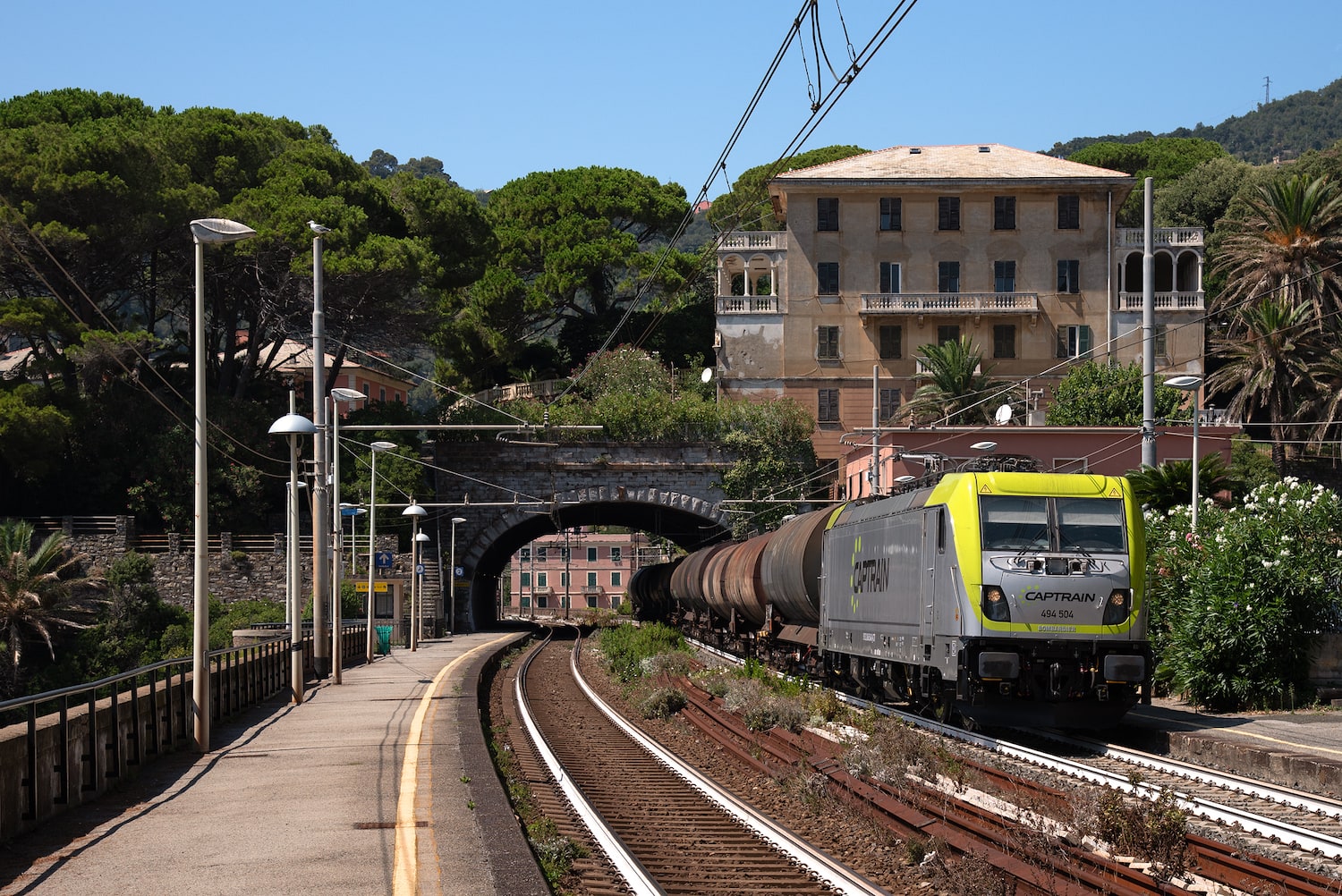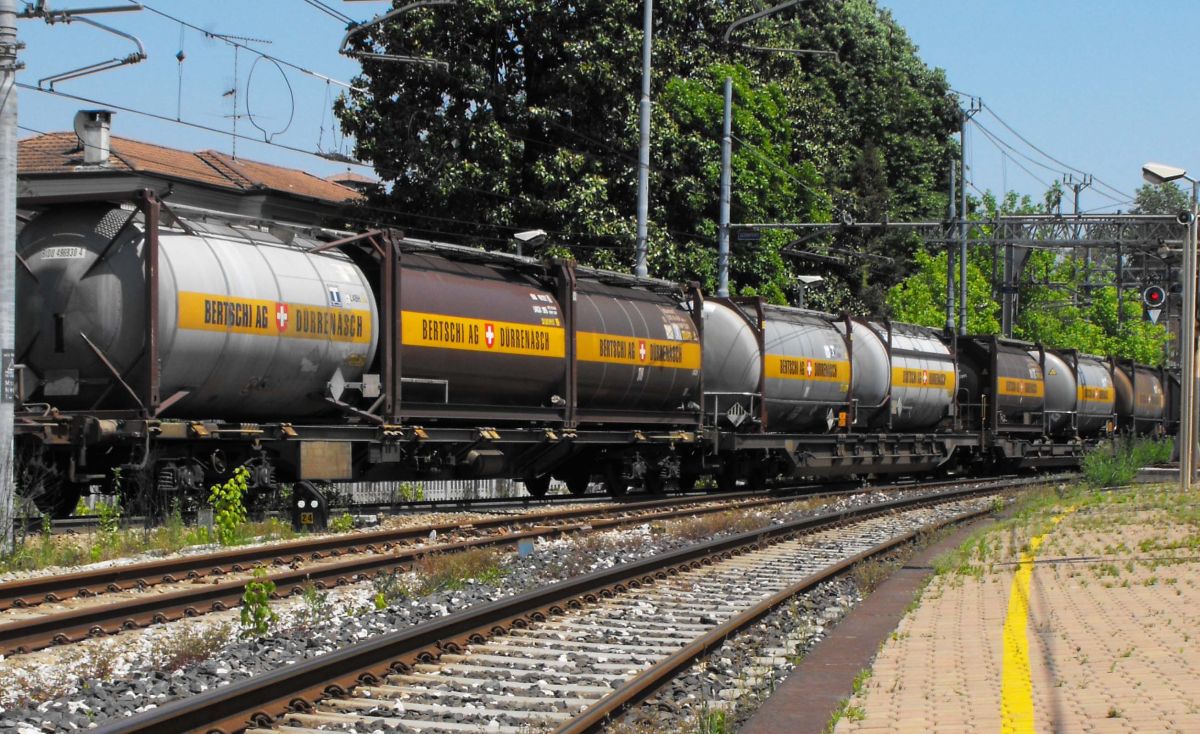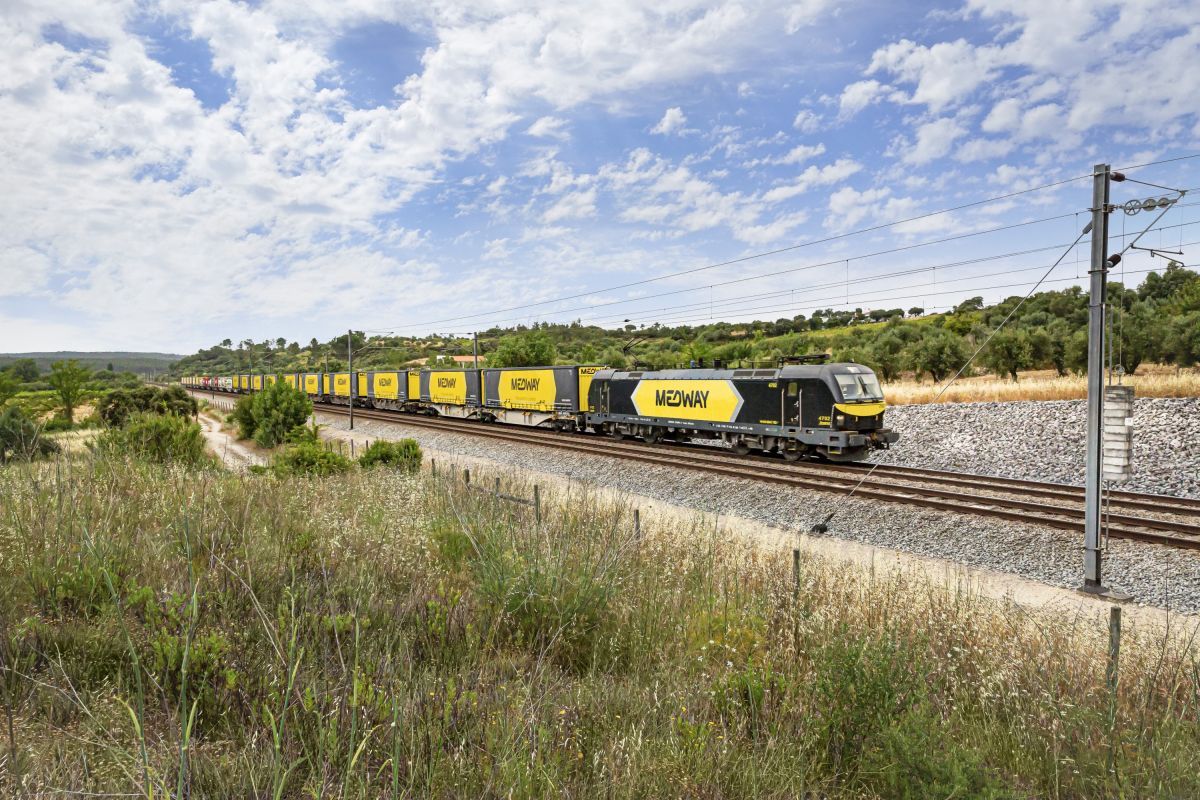Latest updates
19/6/2024 - Joint Statement - Council Position on Railway Infrastructure Capacity Regulation Will Not Improve Rail Freight Services
Yesterday (18 June), the Council of the European Union adopted a General Approach on the Commission Proposal for a Regulation on Railway Infrastructure Capacity (COM (2023) 443). The proposal is intended to optimise railway capacity, improve cross-border coordination, increase punctuality and reliability, and ultimately attract more freight to rail. The general approach adopted does not go far enough in meeting these objectives.
4/6/2024 - Joint Paper - Alliance of associations outlined priorities for rail freight in 2024-2029
ERFA, together with the International Union for Rail-Road Combined Transport (UIRR), and two national associations - Die Güterbahnen in Germany and RailGood in The Netherlands - brought together their expertise in a Joint Paper outlining some key priorities for enabling rail freight to meet its growth targets set for 2030 and 2050. The new five-year legislative cycle starting after the European Parliament Elections (06-09 June) will indeed be of crucial importance to make modal shift a reality.
8/5/2024 - Survey finds that citizens favour combined transport over bigger and heavier trucks
The European Rail Freight Association (ERFA), alongside fellow associations CER, UIP, UIRR, and UNIFE, echo the findings of a recent survey, which reveals that the majority of European citizens consulted are unaware of the serious impact of introducing "gigaliners" or "megatrucks" on the road network. Respondents were unaware that these mega trucks bring with them a whole plethora of safety concerns and pose a significant risk to existing infrastructure. A vast majority consider the promotion of road-rail combined transport as preferable to reduce road congestion and ensure higher safety standards.
29/4/2024 - Short-term Support Essential on Track Access Charges
Proposed hikes to Track Access Charges (TACs) throughout many European countries have the potential to totally undermine Europe?s modal shift objectives. Planned increases in TACs in Sweden, Germany and Portugal by 40%, 16% and 8% respectively display a broader trend in railway infrastructure charging throughout the European Union. It is not possible for national governments and Infrastructure Managers to talk about modal shift to rail whilst also putting rail freight in an increasingly competitively disadvantaged position with other modes of transportation.
